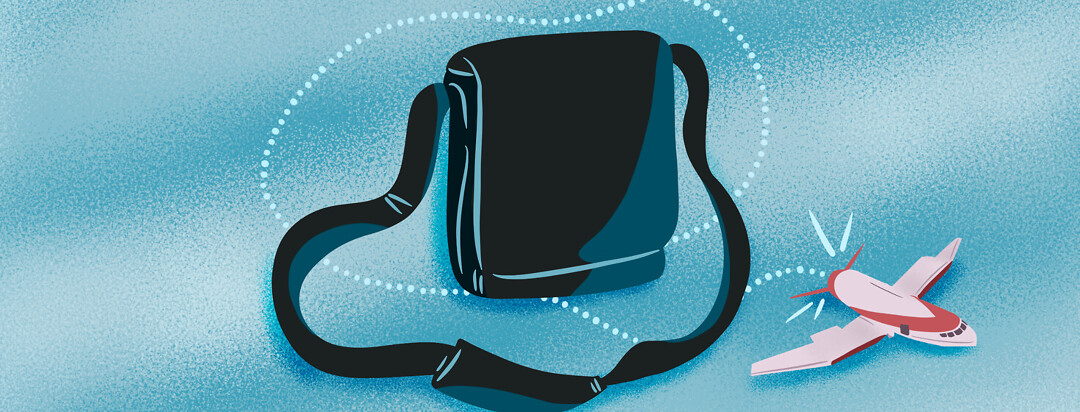Supplemental Oxygen on Flights
The topic of travel may not be at the forefront of your thoughts these days. However, the approaching warm weather may have some people scouring for flight and destination deals once travel can safely resume. High altitudes experienced during flights may pose a challenge for people with cystic fibrosis (CF). In some cases, supplementary oxygen may be warranted to ensure the flight experience is safe.
Oxygen deprivation on flights
Flights maintain a cabin pressure of 6,000-8,000 feet above sea level, which most travelers generally do not notice.1 However, people with underlying conditions such as CF may become deprived of adequate oxygen during their flight. Symptoms of oxygen deprivation may include chest pain, confusion, mental alertness changes, and trouble breathing. While medical-related emergencies occur only in 1 every 604 flights, 12 percent of them are a result of a respiratory condition.2
Determining if you are at risk
Beyond having cystic fibrosis, other factors may determine whether supplementary oxygen is warranted. Your physician will go over these parameters and/or risk factors with you to ensure that you are fit to fly.
- Current requirement for supplementary oxygen: People who need supplementary oxygen on a day-to-day basis may not be eligible to fly. The current guideline is that travel is not advised if the current oxygen requirement is greater than 4 L/minutd. People who typically need less than 4 L/minute of oxygen at rest should increase their oxygen by an additional 1-2 L/minute during flights. Your respiratory specialist will confirm these recommendations for you.3
- Resting oxygen saturation: This is a measure, also known as Sp02, which indicates the oxygen-carrying capacity of blood cells. It can be checked using a pulse oximeter, which can be purchased at several drugstores and online platforms such as Amazon, and are relatively inexpensive. People with an oxygen saturation greater than 95 percent at rest typically do not need supplemental oxygen during a flight.3 On the other hand, those with a reading of less than 92 percent at rest may be candidates for supplemental oxygen. People between 92-95 percent should have their other risk factors assessed by a respiratory specialist before determining risk of low blood oxygen levels during a flight.3
- Trial test - Some people may be candidates for a simulation test to see how the body reacts to typical flight conditions, to more accurately predict response.
- Other risk factors - There are multiple other factors that may make someone a candidate for supplemental oxygen. These may include:3,4
- Forced expiratory volume in one second (FEV1) less than 30 percent of predicted
- A diagnosis of heart disease and/or COPD
- Previous trouble breathing or chest pain on a flight
- Cystic fibrosis exacerbation in the previous 6 weeks
Other in-flight considerations
If you are about to embark on a long flight, some extra planning may be required. For example, you may need to receive permission from the airline to bring a portable nebulizer with you to administer medication on long flights.
Have you been recommended supplementary oxygen on a flight? Share your experience below!

Join the conversation